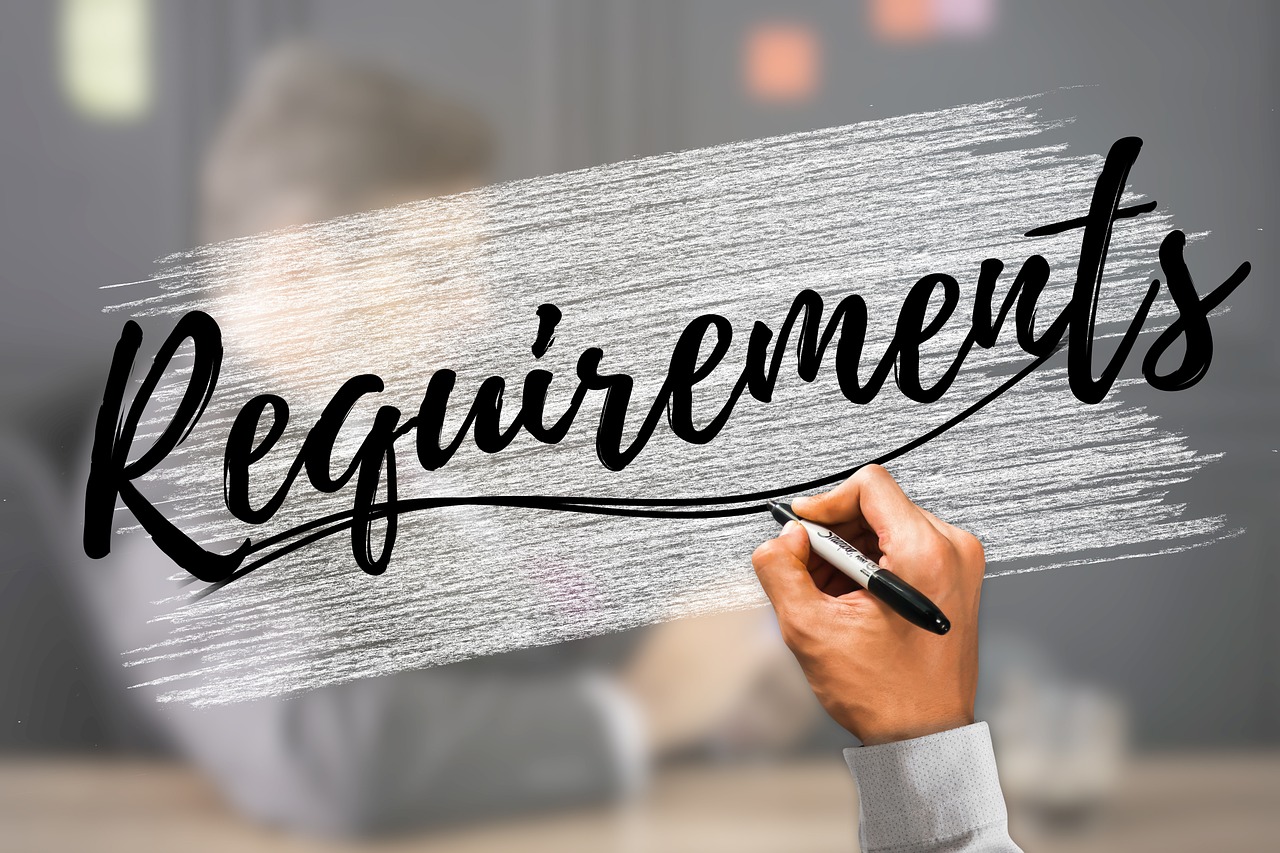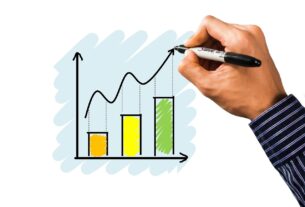Welcome, data enthusiasts! Embark on a riveting expedition with us as we dive into the captivating world of data science—a realm where numbers tell stories, and insights transform the ordinary into the extraordinary.

In this article, we’re not just unraveling the mysteries of data; we’re handing you the keys to unlock the full potential of this digital galaxy. Picture this: data as constellations, algorithms as cosmic orchestrators, and you, the intrepid explorer navigating through the vastness of information.
Buckle up for a journey where statistical insights become your compass, Python and R your trusty sidekicks, and where the thrill of unraveling complex datasets is as exhilarating as a space odyssey.
Are you ready to transform raw data into actionable intelligence, charting your course through the ever-expanding universe of possibilities? Join us as we demystify the cosmos of data science, one captivating concept at a time!
A 12-week plan can help you systematically learn data analysis. This plan assumes that you have a basic understanding of programming and mathematics. Adjust the pace based on your comfort and availability.
Week 1-2: Foundations of Data Analysis
-
Day 1-3: Introduction to Data Analysis
- Learn about the importance of data analysis and its applications.
- Understand the data analysis process.
-
Day 4-7: Basics of Statistics
- Refresh or learn basic statistical concepts: mean, median, mode, standard deviation, etc.
- Explore probability concepts.
-
Day 8-10: Introduction to a Data Analysis Tool
- Choose a tool like Excel, Google Sheets, or Jupyter notebooks with Python.
- Learn basic operations, importing data, and performing simple analyses.
Week 3-4: Data Cleaning and Exploration
-
Day 11-14: Data Cleaning
- Understand the importance of clean data.
- Learn techniques for handling missing data, outliers, and duplicates.
-
Day 15-18: Exploratory Data Analysis (EDA)
- Dive into EDA techniques using your chosen tool.
- Create visualizations (scatter plots, histograms, etc.) to explore data patterns.
-
Day 19-21: Data Wrangling
- Learn how to reshape and transform data using tools like Pandas in Python.
Week 5-6: Intermediate Statistics and Visualization
-
Day 22-24: Inferential Statistics
- Explore hypothesis testing, confidence intervals, and regression analysis.
-
Day 25-28: Advanced Visualization
- Learn advanced visualization techniques using libraries like Seaborn and Matplotlib in Python.
-
Day 29-30: Case Study
- Apply your knowledge to a small data analysis project.
Week 7-8: Introduction to Machine Learning
-
Day 31-35: Basics of Machine Learning
- Understand machine learning concepts: supervised learning, unsupervised learning, and feature engineering.
-
Day 36-40: Introduction to Scikit-Learn
- Explore Scikit-Learn library in Python for machine learning implementation.
Week 9-10: Advanced Data Analysis Techniques
-
Day 41-45: Time Series Analysis
- Learn the basics of time series analysis using your chosen tool.
-
Day 46-50: Multivariate Analysis
- Understand techniques for analyzing data with multiple variables.
Week 11-12: Capstone Project and Review
-
Day 51-55: Capstone Project
- Work on a comprehensive data analysis project.
- Apply all the skills and techniques you’ve learned.
-
Day 56-60: Review and Refinement
- Review key concepts and go through your projects.
- Identify areas for improvement and deepen your understanding.
-
Day 61-70: Optional Advanced Topics
- Explore more advanced topics based on your interests (e.g., deep learning, natural language processing).

Prerequisites:
Programming Basics:
Skills Needed: Understanding of variables, data types, loops, and conditional statements.
Language Options: Python or R are commonly used for data analysis. Choose one and have a basic proficiency.
Mathematics Fundamentals:
Skills Needed: Basic knowledge of algebra and statistics.
Concepts to Know: Mean, median, mode, standard deviation, basic probability.
Computer Literacy:
Skills Needed: Comfortable using a computer, navigating file systems, and installing software.
Books Recommendation
There are many excellent books on data science covering a variety of topics. Here are five top books that are widely regarded in the field:
“The Elements of Statistical Learning” by Trevor Hastie, Robert Tibshirani, and Jerome Friedman:
- This book is a comprehensive introduction to statistical learning methods, including machine learning. It covers concepts like linear regression, classification, clustering, and more. It’s suitable for readers with a strong mathematical background.
“Python for Data Analysis” by Wes McKinney:
- Written by the creator of the Pandas library, this book is a practical guide to data analysis with Python. It covers data manipulation, cleaning, and analysis using Pandas and other Python libraries. It’s an excellent resource for those working with real-world datasets.
“Hands-On Machine Learning with Scikit-Learn, Keras, and TensorFlow” by Aurélien Géron:
- This book is a hands-on guide to machine learning using popular Python libraries like Scikit-Learn, Keras, and TensorFlow. It covers both fundamental concepts and practical applications, making it suitable for beginners and intermediate learners.
“Data Science for Business” by Foster Provost and Tom Fawcett:
- Geared towards business professionals and data scientists, this book provides insights into the practical applications of data science in a business context. It covers topics like data exploration, modeling, and communication of results to non-technical stakeholders.
“Storytelling with Data” by Cole Nussbaumer Knaflic:
- This book focuses on the visualization aspect of data science. It provides guidance on creating compelling and effective data visualizations to communicate findings clearly. It’s a valuable resource for anyone involved in presenting data-driven insights.
Remember that the best book for you depends on your specific interests, background, and the aspects of data science you want to focus on. These recommendations cover a range of topics, from statistical learning and programming to machine learning, practical applications, and data visualization.
Free Courses
here are some free online courses on data science. Please note that the availability of these courses may change, and it’s always a good idea to check the respective platforms for the most up-to-date information.
Coursera – “Introduction to Data Science in Python”
- Link: Introduction to Data Science in Python
- Description: Offered by the University of Michigan, this course covers Python programming basics, data manipulation, and basic data visualization using Pandas and Matplotlib.
edX – “Data Science MicroMasters Program” by UC San Diego
- Link: Data Science MicroMasters Program
- Description: This comprehensive program covers Python, statistics, machine learning, and more. It is self-paced, allowing you to learn at your own speed.
Coursera – “Machine Learning” by Stanford University
- Link: Machine Learning
- Description: Taught by Andrew Ng, this course is a widely recognized introduction to machine learning. It covers topics like linear regression, neural networks, and clustering.
Udacity – “Intro to Data Science”
- Link: Intro to Data Science
- Description: This course covers data analysis using Python, SQL, and statistics. It includes hands-on projects to apply the concepts learned.
Kaggle – “Python”
- Link: Python
- Description: Kaggle offers a variety of free courses. The Python course is particularly useful for data science and covers Python basics and data manipulation with Pandas.
Harvard University – “Data Science: R Basics”
- Link: Data Science: R Basics
- Description: This course introduces the R programming language and covers basic statistical concepts. It’s part of the Harvard Data Science Professional Certificate program.
IBM Data Science Professional Certificate on Coursera
- Link: IBM Data Science Professional Certificate
- Description: This series of courses, offered by IBM, covers Python, data visualization, machine learning, and more. It provides hands-on projects and is suitable for beginners.
Microsoft – “Introduction to Data Science using Python” on edX
- Link: Introduction to Data Science using Python
- Description: This course, offered by Microsoft, covers Python, data exploration, and basic machine learning concepts.
FAQs
Q1: What exactly is data science, and why should I be interested? A1: Data science is the art of extracting meaningful insights from vast datasets. If you’re curious about uncovering hidden patterns, making informed decisions, and transforming raw data into actionable intelligence, data science is your cosmic playground!
Q2: Do I need a strong background in mathematics or programming to delve into data science? A2: While a basic understanding is beneficial, our journey is designed for beginners. We provide resources and tools that cater to varying skill levels, ensuring everyone can embark on this cosmic adventure.
Q3: What tools will I be using during this journey? A3: Our expedition embraces popular tools like Python, R, and libraries such as Pandas and Scikit-Learn. These versatile companions will be your guides in manipulating, analyzing, and visualizing data.
Q4: Is this journey solely focused on numbers and statistics? A4: Absolutely not! Beyond statistical concepts, we explore the realms of machine learning, data visualization, and the art of storytelling with data. This odyssey encompasses a holistic view of data science.
Q5: How can I apply what I learn to real-world scenarios? A5: Throughout the journey, we emphasize hands-on experience with practical projects. These applications will not only solidify your learning but also prepare you for real-world challenges in the field of data science.
Q6: Can I engage with others on this cosmic expedition? A6: Certainly! Join our community of fellow data explorers. Share your insights, ask questions, and connect with like-minded individuals. The more, the merrier on this data-driven adventure!
Q7: What if I face challenges along the way? A7: Challenges are part of the journey! Our community, forums, and additional resources will be your support system. Don’t hesitate to seek guidance; every stumbling block is an opportunity to learn and grow.
Q8: Is there a certificate upon completing this journey? A8: While this cosmic expedition doesn’t issue certificates, the knowledge and skills gained are your true badges of honor. You’ll have the tools to embark on further studies or apply your newfound expertise in practical scenarios.

Enjoyed your data-driven voyage? 
Stay tuned for more captivating reading material and simple learning resources. The journey has just begun! 








2 thoughts on “How To Become Data Scientist: Step By Step Guide”
Comments are closed.